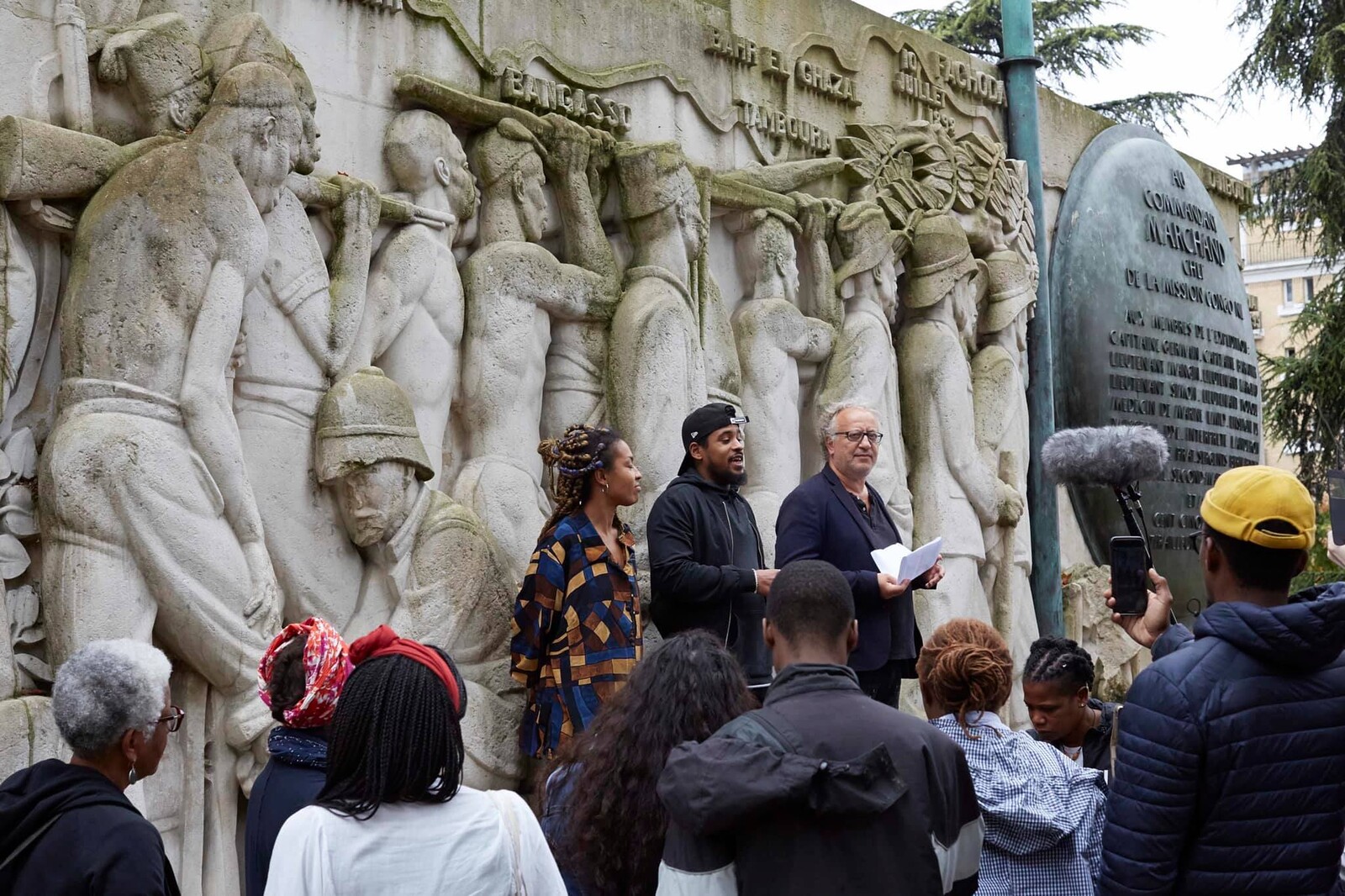The maroons’ story I was taught at home was my first lesson in creating spaces of freedom despite an ideology that reduced black bodies to commodities and rendered the logics of murder a rule and extinction politics. I also learned that creating spaces of freedom depended on patience and a kind of true but rare courage that black women have historically demonstrated. Their stories enlighten another temporality than the Western masculine one of progress, defeat, victory, and triumph over matter, all processes understood as enforcing submission, crushing all obstacles, laying to waste.
In this symbolic and material economy, black and brown women’s lives are made precarious and vulnerable, but their fabricated superfluity goes hand in hand with their necessary existence and presence. They are allowed into private homes and workplaces. But other members of superfluous communities—such as the families and neighbors of these workers—must stay behind the gates, unless they are willing to risk being killed by state police violence and other forms of the militarization of green and public spaces for the sake of the wealthy. For these workers, the special permit to enter is based both on the need for their work and on their invisibility. Women of color enter the gates of the city, of its controlled buildings, but they must do it as phantoms. Racialized women may circulate in the city, but only as an erased presence.


